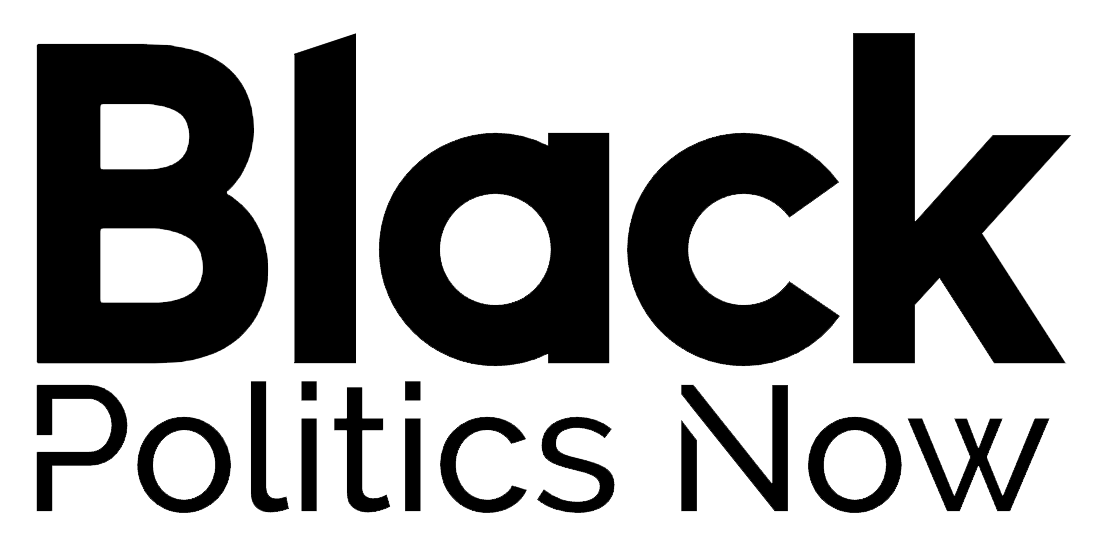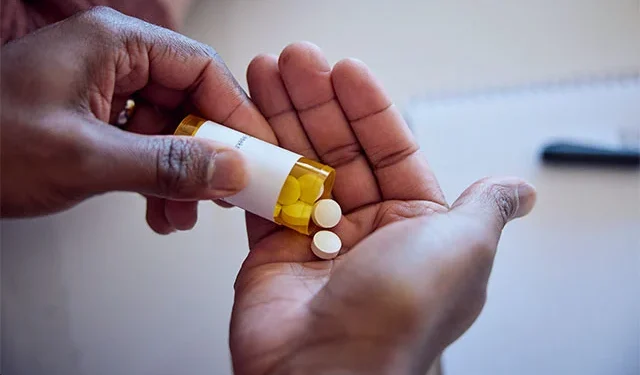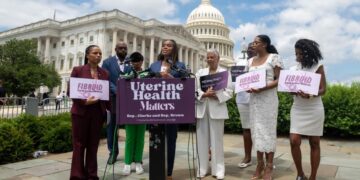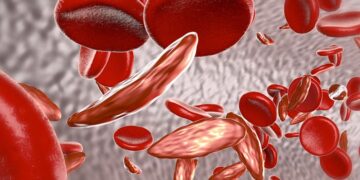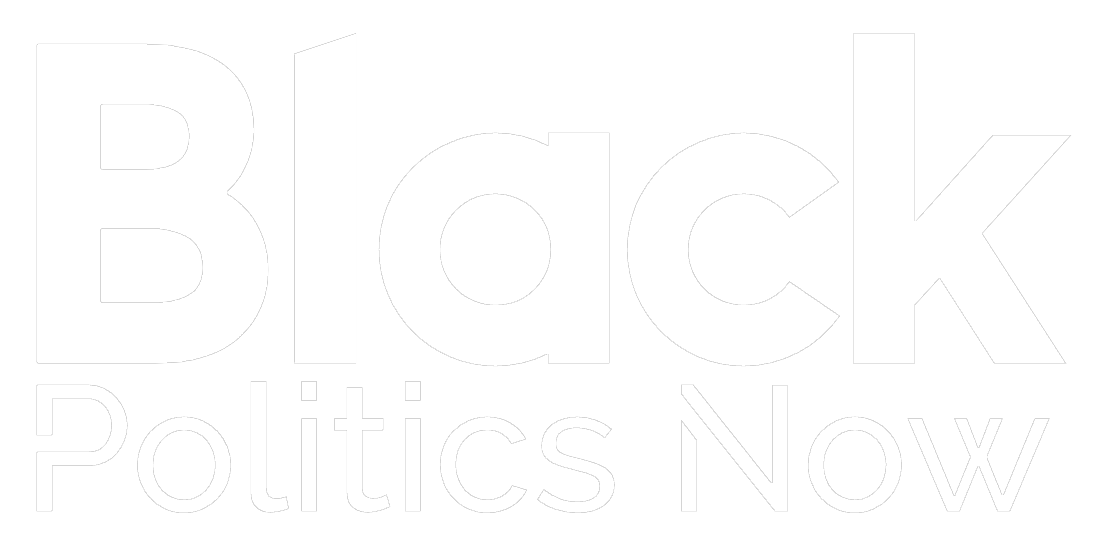April 3, 2025 Story by: Editor
The percentage of U.S. adults who have recently been unable to afford or access quality healthcare has reached 11% — equivalent to nearly 29 million people — its highest level since 2021, according to new findings from the West Health-Gallup Healthcare Indices Study, which classifies these individuals as “Cost Desperate.”
The most notable increases since 2021 have occurred among Hispanic adults (up eight percentage points to 18%), Black adults (up five points to 14%,) and the lowest-income households, earning under $24,000 per year (up 11 points to 25%). Meanwhile, there has been no meaningful change in the proportion of White adults or middle- to high-income earners facing the same level of struggle. As a result, disparities in access to healthcare based on race, ethnicity and income are also at their highest point since surveying began.

Compared with 2021, the percentage of Americans aged 65 and above who are considered Cost Desperate has edged up just one point to 4% in 2024, while rates have risen by three points among those aged 50-64 (now 11%) and by four points among those younger than 50 (now 14%).
West Health and Gallup developed the Healthcare Affordability Index to track healthcare access and affordability in America. Research has found that people can be classified into one of three categories, based on the following criteria:
- Cost Secure individuals have access to quality, affordable care and can pay for needed care and medicine.
- Cost Insecure individuals lack access to quality, affordable care or have recently been unable to pay for either needed care or medicine.
- Cost Desperate individuals lack access to quality, affordable care and have recently been unable to pay for needed care and medicine.
The latest findings are from the West Health-Gallup Healthcare Indices Study, conducted using web and mail surveys from Nov. 18-Dec. 27, 2024. The study included a nationally representative sample of 6,296 adults aged 18 and older via The Gallup Panel.
Gap Widens Between Haves and Have-Nots
While the Cost Desperate category has reached its highest level yet, the percentage of adults classified as Cost Secure — able to access and afford quality healthcare has reached its lowest level, with only about half of Americans (51%) falling into this category.
The demographic groups who saw the biggest drops are Hispanic adults (down 17 points to 34%) and Black adults (down 13 points to 41%). Meanwhile, the percentage of White adults categorized as Cost Secure (58%) is consistent with 2021 levels, providing further indication of the widening of the race/ethnicity gap in access to high-quality affordable healthcare.

Double-digit declines are also found among Americans from the lowest-income households. Among those living in households earning less than $24,000 annually, the percentage who are Cost Secure has dropped 14 points since 2021 to just 23%. A similar decline of 12 points to 30% is evident for households earning $24,000 to less than $48,000 annually.
While there has been greater change in the proportion of Americans classified as Cost Desperate and Cost Secure in recent years, nearly four in 10 Americans are Cost Insecure, showing intermittent or inconsistent difficulty in accessing and affording healthcare.
Similar race and income gaps are evident among these Cost Insecure Americans. Black (45%) and Hispanic (48%) adults are far more likely than White Americans (34%) to fall into this category, as are Americans who earn less than $48,000 annually, just over half of whom are considered Cost Insecure.
Over 1 in 3 Adults Unable to Access Affordable, Quality Healthcare
One of the three metrics that constitute the Affordability Index is being able to access affordable, quality care when needed. More than one-third of Americans (35%) report that they are unable to access quality, affordable healthcare, four points higher than in 2023 and a new high since 2021.
While households earning under $48,000 annually have always reported more difficulty accessing affordable healthcare, the difficulty has worsened considerably in the past year, climbing by 11 points (to 64%) among those in households earning under $24,000 and 12 points (to 57%) among those in households earning $24,000 to less than $48,000.
Adults from higher-income households (earning $120,000 or more) report no change since 2023 for this aspect of the Healthcare Affordability Index. As such, the already-large gap between high- and low-income Americans in their ability to access affordable quality care has now expanded to its widest level.

The erosion of cost security in healthcare comes with serious practical implications for the American public. Recent research from West Health and Gallup shows that 12% of U.S. adults report borrowing money to pay for healthcare last year, amounting to an estimated $74 billion borrowed, and nearly 60% of U.S. adults report feeling “somewhat” or “very” concerned about going into debt due to a major medical event. Other common effects of care unaffordability include significant stress for household members, having to cut spending on basic items such as food, transportation and utilities to pay for care, and staying in an unwanted job solely for the health benefits. The rising percentage of Cost Desperate Americans is yet another reflection of the financial strain and real-life anxiety experienced by healthcare consumers in the U.S.
The increase in the percentage of Americans unable to afford healthcare and medicine has impacted Black, Hispanic and lower-income households disproportionately in the past year, revealing that the already-existing gap between haves and have-nots in affording care is now bigger than ever. These changes may reflect a confluence of factors, including elevated levels of consumer and medical inflation, persistent drug shortages, and climbing rates of Medicaid disenrollment due to the expiration of the continuous enrollment provision and major cuts in Children’s Health Insurance Program (CHIP) enrollment.
Source: Gallup News
